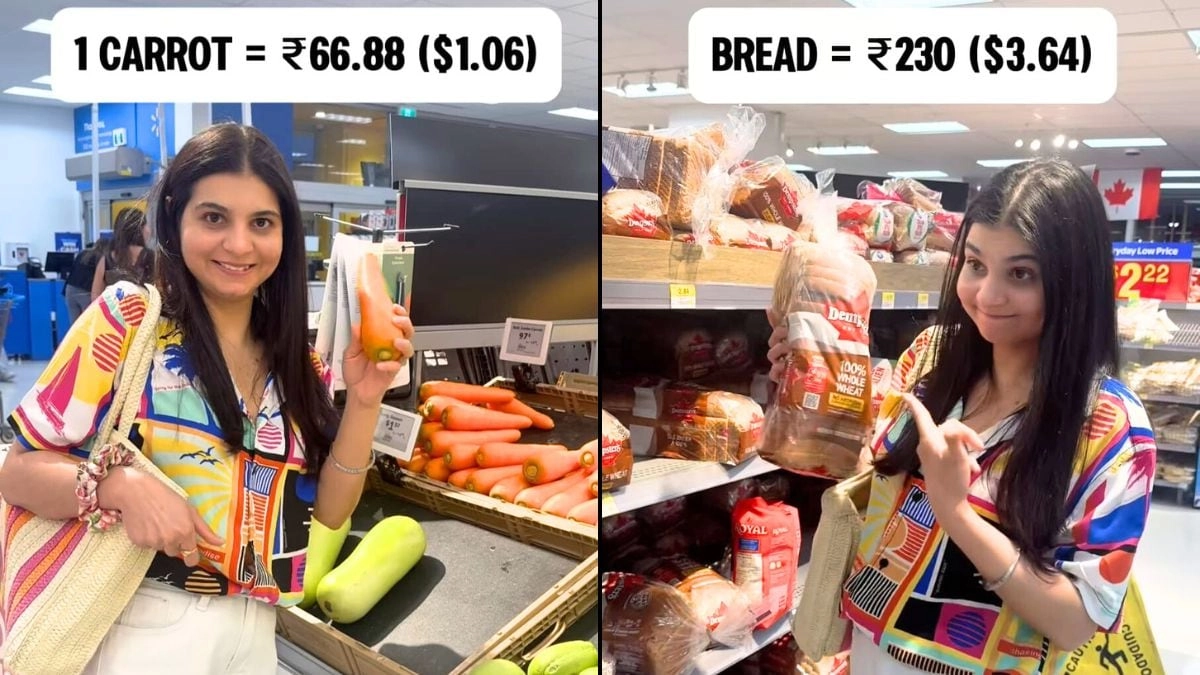In a recent viral video, a woman conducted an eye-opening comparison of grocery prices between India and Canada that left many viewers astonished. The stark contrast in the cost of everyday items highlights the significant differences in the economic landscapes and purchasing power in each country. In her demonstration, she showcased a variety of groceries commonly found in both regions, such as fruits, vegetables, dairy products, and packaged goods. The prices, she noted, were not just marginally different but often startlingly so, prompting viewers to reflect on the implications for consumers and families in each nation.
For instance, the woman highlighted how staples like rice, lentils, and fresh produce are available at a fraction of the cost in India compared to their Canadian counterparts. A kilogram of rice, which may be a basic necessity in Indian households, could be found for a few dollars in India, whereas it often costs significantly more in Canada. This disparity raises questions about food security and affordability, particularly in a country like Canada, where the cost of living has been steadily rising. The video also pointed out how imported goods, such as spices and snacks, become much more expensive due to shipping and tariffs, further widening the gap in grocery bills.
The discussion extends beyond mere numbers; it touches on cultural and economic factors that shape how food is produced, priced, and consumed in different parts of the world. The woman’s comparison serves as a reminder of the diverse economic realities faced by individuals in various countries. While grocery shopping in Canada might involve higher prices, it is also accompanied by different standards of living, wages, and social support systems. The video has sparked conversations about the implications of these differences, encouraging viewers to consider the broader context of their own grocery bills and what they signify about life in their respective countries.
Ultimately, the comparisons made in the video not only shed light on the disparities in pricing but also invite viewers to appreciate the complexities of global economies and consumer experiences. As the discourse around food affordability and accessibility continues to grow, such comparisons become increasingly relevant. They serve as a catalyst for discussions about how countries can work toward more equitable food systems, ensuring that everyone has access to affordable and nutritious food, regardless of where they live.




